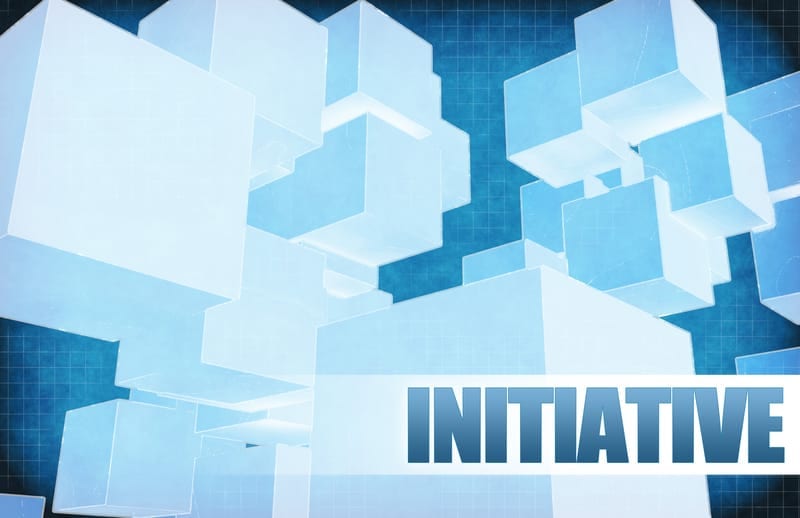Target ALS launches The Target ALS Diagnosis Initiative, a comprehensive effort to discover ALS biomarkers. Through the initiative, the organization will invest $15 million in collaborative grantmaking and the development of new scientific resources.
The initiative was developed in response to input from more than 100 scientists, patients, caregivers and other thought leaders. They universally identified ALS biomarkers as a critical unmet need to diagnose the disease early, track its progression and provide reliable measures for new treatments, according to a media release from Target ALS.
“This is a major milestone for Target ALS, as we’ve proven our ability to respond to the needs of the scientific community in ways that accelerate their work like never before. We are now increasing this commitment significantly, with The Target ALS Diagnosis Initiative, in order to advance ALS biomarker research.”
— Target ALS Chief Executive Officer, Manish Raisinghani, MBBS, PhD
Areas of Focus
The Target ALS Diagnosis Initiative strategically focuses on three promising areas, per the release:
- Establishing new ALS biomarker-focused collaborative funding opportunities to fuel new projects for discovery and development of ALS biomarkers.
- Creating a 5-year natural history study that will integrate longitudinal biofluid collection, clinical-grade speech, language and respiratory measures, clinical and demographic information, as well as genomic datasets from ALS and control cases.
- Developing an integrated Biofluid and Genomics core that will exponentially improve the impact of human biosamples on research through the integration of longitudinal biofluids, genomic datasets and postmortem tissue with expedited, no-strings-attached access to samples worldwide.
The Initiative In-Depth
Components of The Target ALS Diagnosis Initiative, with more to be added potentially in the future based on research needs and opportunity, are as follows:
Collaborative Funding for ALS Biomarker Research
Target ALS is building on its collaborative grantmaking efforts to support new ALS biomarker discovery and development projects. It will include both pre-competitive funding, where a panel of experts openly formulate projects by consensus with results shared immediately with the research community, and competitive funding, to encourage ideas from investigators and advance the most promising collaborations.
Pre-competitive research: A working group of over 30 representatives from pharmaceutical, academic and non-profit foundations will collaborate on new, innovative approaches for the discovery, validation and development of novel ALS biomarker candidates. This effort will build upon work initiated in 2017, through which Target ALS funded four ALS biomarker projects as recommended by the working group:Phosphorylated neurofilament; heavy and light chains (in partnership with the Muscular Dystrophy Association); Urinary p75 neurotrophin receptor extracellular domain (in partnership with the Muscular Dystrophy Association);and TDP-43 (in partnership with The ALS Association).
Competitive research: Later in December 2020, Target ALS will announce the results of the first-ever request for proposals focused on ALS biomarker discovery and development that required academic investigators and the pharma/biotech industry to collaborate in order to receive funding. This builds on a $5 million funding call, issued last fall with The Association for Frontotemporal Degeneration, targeting treatments and biomarkers for ALS and FTD.
Natural History Study
Expedited no-strings-attached access to longitudinal biofluid samples has been a long-standing barrier for most researchers. These samples are invaluable in the search for ALS biomarkers and drug targets as they are donated by living patients over the course of their disease, thereby offering unique insights into the pathogenic evolution of the disease over time.
Target ALS will launch a 5-year natural history study that will aim to integrate collection of biofluids — including CSF, blood and urine along with clinical speech, language and respiratory measures, and demographic information from over 200 ALS and 80 non-disease patients.
Speech and language collection and analysis will be provided by speech neuroscience innovators, Aural Analytics Inc. They will help bolster the collection of vital biomarker information, drawing upon their expertise in gathering rich, interpretable and validated data on neurological and respiratory health.
In line with the Target ALS mandate, biofluid samples and datasets of the natural history study will be shared with the research community worldwide expeditiously with no strings attached.
Integrated Biosamples and Genomics Core
Target ALS already provides ALS researchers worldwide with unprecedented access to critically needed research tools and resources, with no strings attached, through six scientific core facilities: Human Postmortem Tissue, Human Genomic Datasets, Human-Derived Stem Cells, Animal Models, Antibodies and Viral Vectors.
Target ALS is now extending these resources with a first-of-its-kind integrated Biosamples and Genomics core. This new core expands the impact of biosamples and data accessible through the Postmortem Tissue and Genomics cores by linking them to longitudinal collection of biofluid samples from ALS and control cases that will be carried out as part of the natural history study. As with all of the core resources created by Target ALS, the Biosamples and Genomics core will be accessible to researchers worldwide.
Although collection of longitudinal biofluids and postmortem tissue, as well as generation of and genomic datasets, as occurred in the past, unlike the Target ALS effort, they were implemented largely as standalone projects, therefore limiting their impact.
The new Integrated Biosamples and Genomics core is made possible through existing alliances with the ALS Association, the Tow Foundation and the New York Genome Center as well as the new partnership with Aural Analytics. Together, the partnership forms a triadic structure, aiming to offer a more complete picture of the pathogenesis of ALS as provided through patient biofluids — including CSF, blood and urine — as the disease progresses (longitudinal biofluid samples), after death (postmortem tissue) and the genomic, clinical and demographic datasets associated with these samples, the release notes.
[Source(s): Target ALS, Business Wire]
Related Content:
It’s Up to Trump to Dump the 5-Month Waiting Period for ALS Disability Insurance Benefits
Go ‘All In’ for Disability Equity, Easterseals Requests
Wearable Sensor Aims to Help ALS Patients Communicate





